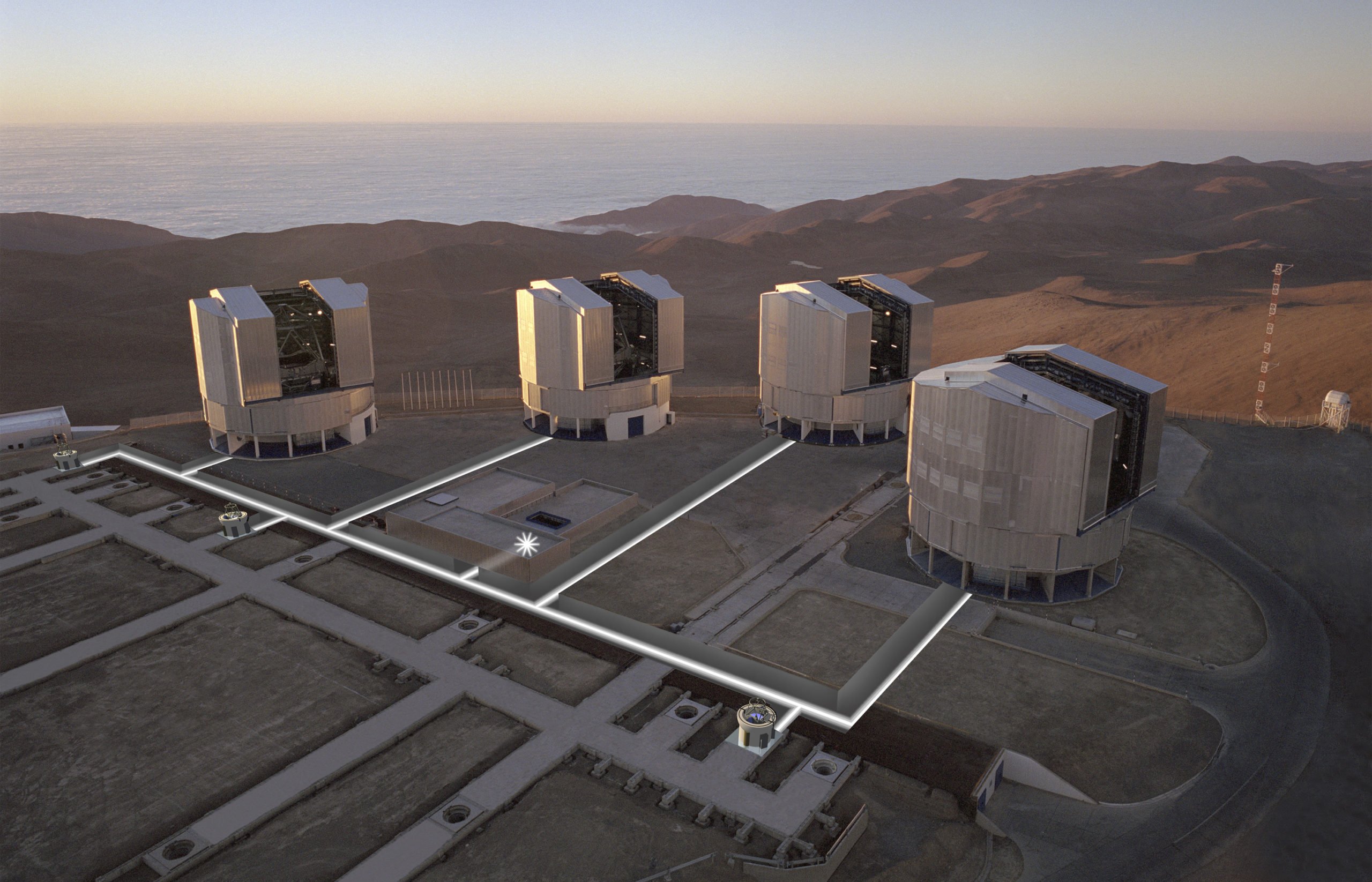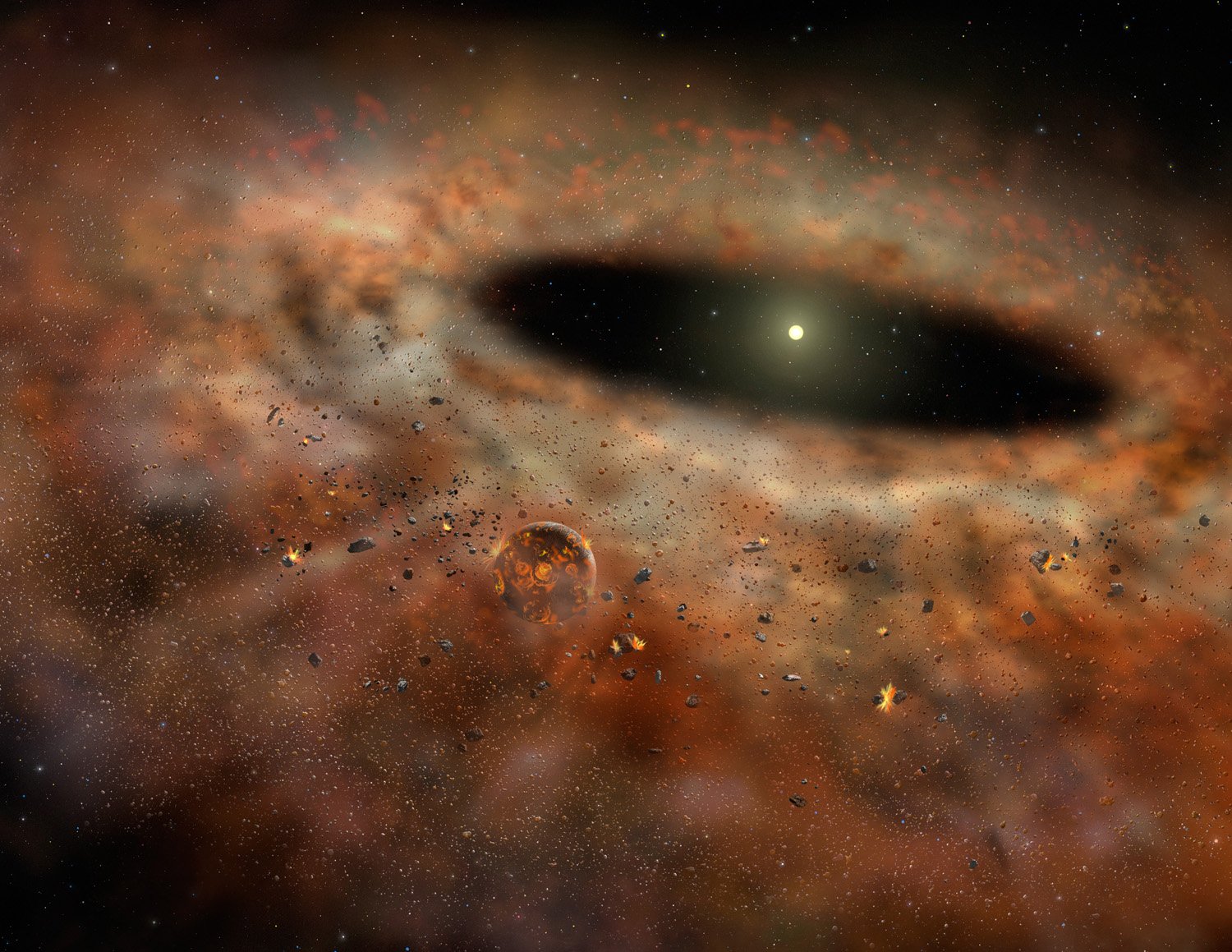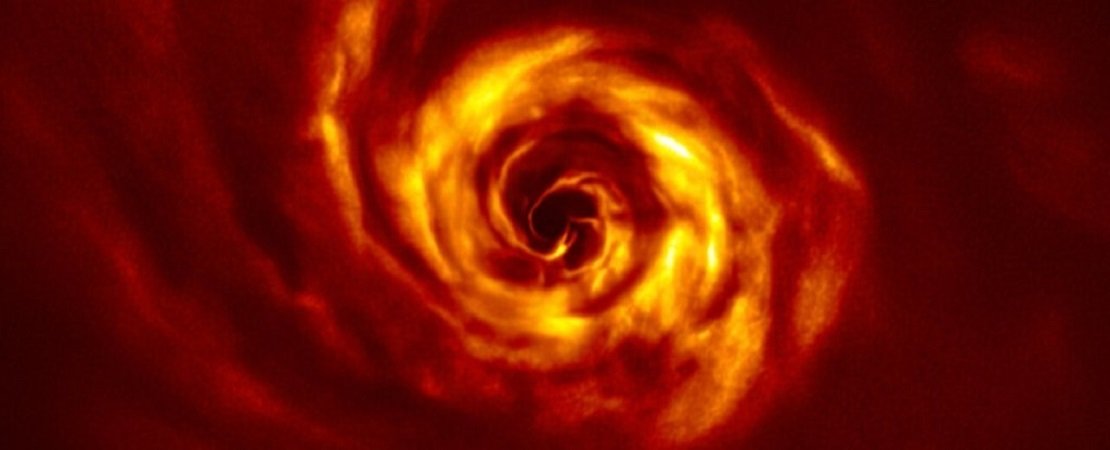© 2000-2023 - Enkey Magazine - All rights reserved
ENKEY SNC - VAT ID IT03202450924 / REA Code CA253701 - Phone. 078162719
It’s thousands the exoplanets discovered until now, but of no one of them it’s been observed the birth, until now. But we could be a turnpoint. A group of researchers of the Obervatory of Paris and of the University Psl of Paris found out the one that could be a planet in the moment of its birth.
The research about the birth of a planet
The researchers of the Observatory of Paris and of the University Psl of Paris observed a planet while birthing, it was still wrapped inside the cocoon of dustes and gases that created it. To find it they used the VLT, the Very Large Telescope, and the ESO, the European Southern Observatory.

The group of researchers, coordinated by Anthony Boccaletti, published what they discovered on the scientific magazine “Astronomy & Astrophysics”.
The researchers pointed the telescope towards the young star AB Aurigae, around which it’s clearly visible a disk of dust and gas. But in the middle of the disk there was something that catched the attention of the astronomers.
It’s a spiral formation with in the middle a thicker knot, a point where it is apparently forming a new planet. If this is true, this should be the first time that we observed the birth of a planet. The first visual proof of its formation.
The observations and the images
The images filmed by the powerful telescopes of the ESO and of the Very Large Telescope are incredible. The telescopes were all looking the constellation of Auriga, to observe the really young solar system that it’s birthing around the new born star AB Aurigae, 520 years light years away.
It was possible to watch a very suggestive spiral of dust and gas, that stimulated the minds of the researchers. According to the astronomers, infact, those spirals are the proof that inside them there is a new born planet.

Right the new born planets, infact, still emit gases that create interferences with a great visual effect. “They create interferences in the disk under the shape of a wave, like the wake of a boat on a lake”, explains Emmanuel Di Folco, one of the astrophysicist that partecipate to the research.
This wave, then takes the shape of a spiral, because of the rotation and the revolution of the same planet.
The ESO even shared a suggestive image, with red colours, with a yellow knot in the middle. This yellow knot should right be the new born planet.
The birth of a planet on the solar system AB Aurigae
The area interested by this phenomenon, that according to the researchers indicates right the birth of a planet, it is at a distance from its star equal to the distance of Neptune to the Sun. All the most powerful telescopes were pointed towards the solar system AB Aurigae. And right thanks to the instrument Sphere, of the Very Large Telescope, it was possible to catch these incredible images.

Sphere by using the polarized light was able to catch the deepest images of the system AB Aurigae ever obtained.
Anne Dutrey, researcher of the Astrophysic Laboratory of Bordeaux, explained what we see in the images catched by the VLT and released by the Observatory of Paris: “The Knot is expected by some theorical models of the formation of the planets. It is the connection of two spirals: one goes toward the internal of the planet’s orbit, the other one expands itself toward the external and both of them join themselves right where the planet is. By allowing to gas and dust to accumulate themselves on the planet and to let it grow”.
There are still many researches and observations to do, but it was the first time that it was possible to observe the birth of a planet.
This post is also available in:
![]() Italiano
Italiano
